The Vatican, a center of religious and historical power, has long fascinated the world with its mysteries․ The Secrets of the Vatican PDF offers a glimpse into its hidden archives, uncovering centuries of intrigue, scandals, and untold stories, providing a comprehensive exploration of the Vatican’s most guarded secrets and historical legacy․
Overview of the Vatican’s Historical Significance
The Vatican, as the spiritual and administrative center of the Catholic Church, holds profound historical significance․ Its enduring legacy spans over 1,500 years, shaping global religion, politics, and culture․ The Vatican’s rise began with the construction of St․ Peter’s Basilica in the 4th century, solidifying its role as Christianity’s epicenter․ The Renaissance further elevated its prominence, as popes commissioned masterpieces like Michelangelo’s Sistine Chapel ceiling․ The Vatican’s unique status as the world’s smallest sovereign state underscores its influence, blending spiritual authority with diplomatic immunity․ Its archives, filled with centuries of documents, remain a treasure trove of history, offering insights into pivotal events and controversies that have shaped the modern world․
The Vatican as a Source of Intrigue and Mystery
The Vatican captivates the world with its enigmatic nature, blending ancient traditions and hidden secrets․ Its archives, filled with centuries of untold stories, fuel speculation about suppressed documents and mysterious artifacts․ Theories abound, from proof of extraterrestrial life to doubts about Jesus Christ’s existence․ The Vatican’s history is marked by dark events, such as the Cadaver Synod and alleged ties to Nazi escapes, adding layers of intrigue․ Its role in controversial events, like the Third Secret of Fatima, further mystifies․ The Vatican’s secrecy and restricted access to its archives have spawned countless conspiracy theories, making it a global focal point of fascination and debate, where history and mystery intertwine in unexpected ways․
Understanding the Vatican Archives
The Vatican Archives, a treasure trove of historical documents, remain shrouded in mystery, with access strictly limited to scholars․ Containing records from the 8th century onward, they hold secrets of the Catholic Church’s past, including correspondence with historical figures like Emperor Nero․ Some believe these archives conceal explosive truths, such as proof of Jesus Christ’s non-existence or evidence of extraterrestrial life․ Recent efforts to open select archives, like those of Pope Pius XII, have only partially lifted the veil․ The Vatican Archives are a subject of both scholarly interest and public fascination, with their contents sparking endless speculation and debate about the Church’s hidden history and its implications for the modern world․
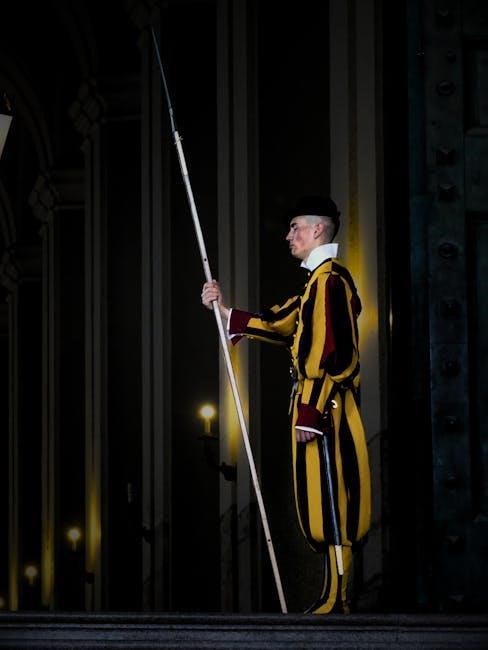
The History of the Vatican
The Vatican’s history traces its origins to early Christianity, evolving from a persecuted sect to a global religious powerhouse․ Key events shaped its political and spiritual rise․
The Rise of the Catholic Church
The Catholic Church emerged from humble beginnings in Rome, evolving from a persecuted sect into a dominant global religious force․ Its rise was marked by the conversion of Emperor Constantine in 313 AD, which ended persecution and legitimized Christianity․ Over centuries, the Church consolidated power, establishing itself as a central authority in spiritual and temporal matters․ The fall of the Western Roman Empire in 476 AD left the Church as a unifying force in Europe․ Key events, such as the sack of Rome in 1527 and the Council of Trent (1545–1563), shaped its doctrine and structure․ The Vatican Archives reveal the Church’s transformation into a powerhouse, blending faith, politics, and intrigue, making it a focal point of history and mystery․ Its legacy continues to resonate deeply․
The Vatican’s Evolution as a Political Power
The Vatican’s transformation into a political powerhouse began in the Middle Ages, with the Church asserting influence over European monarchies and kingdoms․ The papacy’s temporal authority grew, culminating in the establishment of the Papal States․ The Renaissance period saw the Vatican as a central player in European politics, with popes like Julius II navigating complex alliances and conflicts․ The loss of the Papal States in 1870 marked a turning point, but the Lateran Treaty of 1929 reestablished the Vatican as an independent city-state․ This sovereignty allowed the Vatican to engage in global diplomacy, with the Vatican City becoming a neutral yet influential actor in international affairs․ Its political evolution is deeply intertwined with its religious mission, shaping its unique role in world history․
Key Events in Vatican History
The Vatican’s history is marked by pivotal events that shaped its role in the world․ The Cadaver Synod of 897 AD stands out as a dark chapter, where Pope Stephen VI put the deceased Pope Formosus on trial, leading to widespread scandal․ This event highlighted the internal power struggles within the Church․ Another significant moment was the establishment of the Vatican Bank in 1942, which became a focal point for financial scandals and allegations of Nazi collaboration․ Additionally, the Third Secret of Fatima, revealed in 2000, sparked global intrigue, with many speculating about its contents․ These events underscore the Vatican’s complex and often controversial history, blending religious and political intrigue․
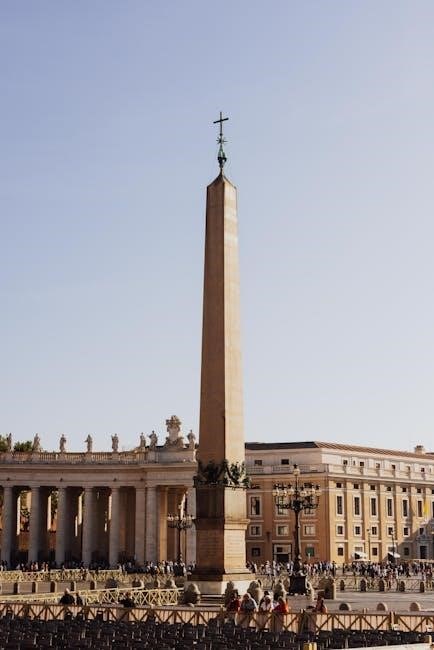
The Secrets and Mysteries of the Vatican
The Vatican’s secrets and mysteries captivate global intrigue, from hidden archives to conspiracy theories about suppressed documents, mysterious artifacts, and untold histories, fueling endless speculation and curiosity․
The Vatican Archives: What Lies Within?
The Vatican Archives, shrouded in secrecy, house centuries of sensitive documents, sparking endless intrigue․ They contain records of historic events, papal decisions, and mysterious correspondences, such as the Third Secret of Fatima and alleged communications with figures like Emperor Nero․ Conspiracy theories abound, suggesting hidden artifacts and suppressed truths about religious and historical events․ The archives’ inaccessibility fuels speculation, from proofs of extraterrestrial life to controversial church actions․ Despite limited access, leaked documents and rare exhibitions offer glimpses into their enigmatic contents, leaving the public fascinated and eager to uncover the secrets hidden within these ancient walls․
Theories About Hidden Documents and Artifacts
Speculation surrounds the Vatican’s hidden documents and artifacts, with theories ranging from the extraordinary to the bizarre․ Some believe the archives conceal evidence challenging the existence of Jesus Christ, while others suggest they hold extraterrestrial relics or ancient texts suppressed to maintain religious doctrine․ Theories also include the presence of the Chronovisor, a device alleged to reveal past and future events, and vast collections of controversial materials like pornography․ These rumors, though unverified, captivate global imagination, fueling intrigue about what truths the Vatican might be safeguarding behind its sealed doors․
Conspiracy Theories Surrounding the Vatican
The Vatican is a magnet for conspiracy theories, with speculation ranging from secret alliances with extraterrestrial beings to hidden agendas involving ancient societies like the Illuminati․ Some theories suggest the Vatican conceals proof of Jesus Christ’s non-existence or evidence of extraterrestrial life․ Others propose that the Vatican has colluded with Nazis, facilitated their escape post-WWII, or hoarded looted art and wealth․ Theories also abound about secret devices like the Chronovisor, which allegedly allows viewing of past and future events․ These ideas, though often unfounded, reflect the Vatican’s enigmatic nature and its role as a focal point for intrigue, blending history, religion, and speculation into a captivating narrative․
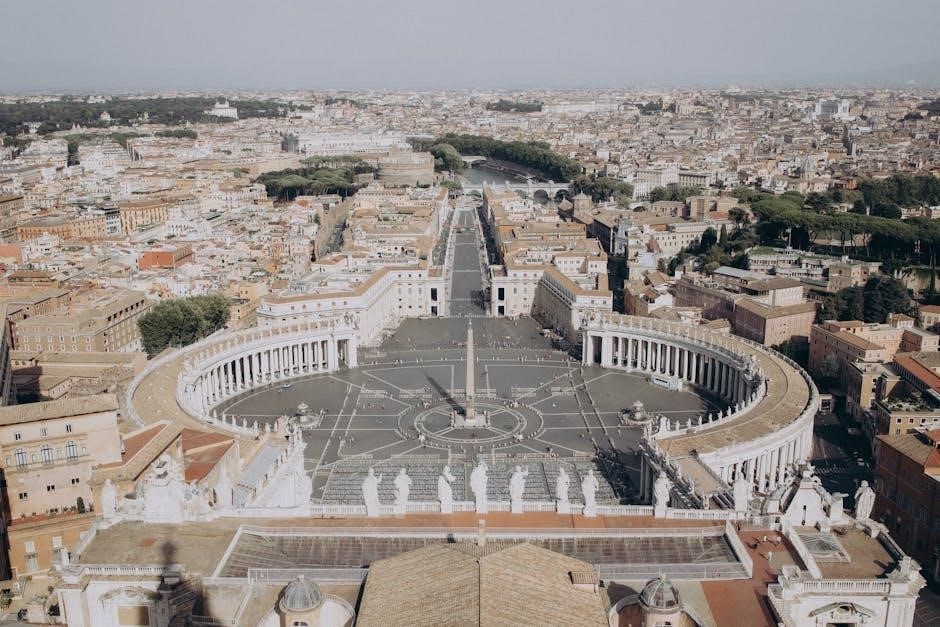
The Vatican’s Role in World Affairs
The Vatican wields significant influence through diplomacy, advocating peace and mediating conflicts globally․ Its controversial historical actions, like aiding Nazi escapes and financial scandals, shape its complex legacy․
The Vatican’s Involvement in World War II
The Vatican’s role in WWII remains a subject of intense debate, with accusations of aiding Nazi escapes to South America․ Historians like Gerald Steinacher suggest the Vatican facilitated travel documents for fleeing Nazis, allegedly to counter Soviet influence․ The Vatican Bank’s dealings with Nazi assets and gold looted from Jewish families further cloud its wartime record․ While the Vatican officially maintained neutrality, critics argue its actions undermined efforts to combat fascism․ These controversies continue to cast a shadow over the Vatican’s legacy, raising questions about its moral stance during one of history’s darkest periods․
Accusations of Aiding Nazi Escapes
Accusations persist that the Vatican assisted high-ranking Nazis in escaping Europe post-WWII․ Researchers like Gerald Steinacher allege that Vatican networks provided false documents and safe passage to South America․ Notably, Adolf Eichmann and Josef Mengele were among those who escaped, with some theories suggesting Vatican complicity․ The Vatican Bank’s involvement in laundering assets and investing in insurance schemes tied to Jewish victims further fuels these claims․ While the Vatican denies direct involvement, these allegations continue to tarnish its wartime legacy, raising unanswered questions about its role in aiding fugitive Nazis and concealing their atrocities․
The Vatican Bank and Financial Scandals
The Vatican Bank, or Institute for the Works of Religion (IOR), has long been shrouded in controversy․ Historically, it has been accused of unethical financial dealings, including ties to Nazi Germany․ During WWII, the bank allegedly received church taxes from Hitler, funneling millions into untraceable accounts․ Gerald Posner, a historian, revealed that the Vatican invested in Italian insurance companies linked to Jewish victims’ life insurance policies, profiting from their murders․ Additionally, the bank was implicated in the 1980s Banco Ambrosiano scandal, involving money laundering for organized crime, which led to the mysterious death of banker Roberto Calvi․ Leaked documents, such as those in the book “His Holiness,” exposed internal corruption, including blackmail of gay bishops and financial mismanagement, further tarnishing the Vatican’s reputation and prompting calls for transparency and reform․
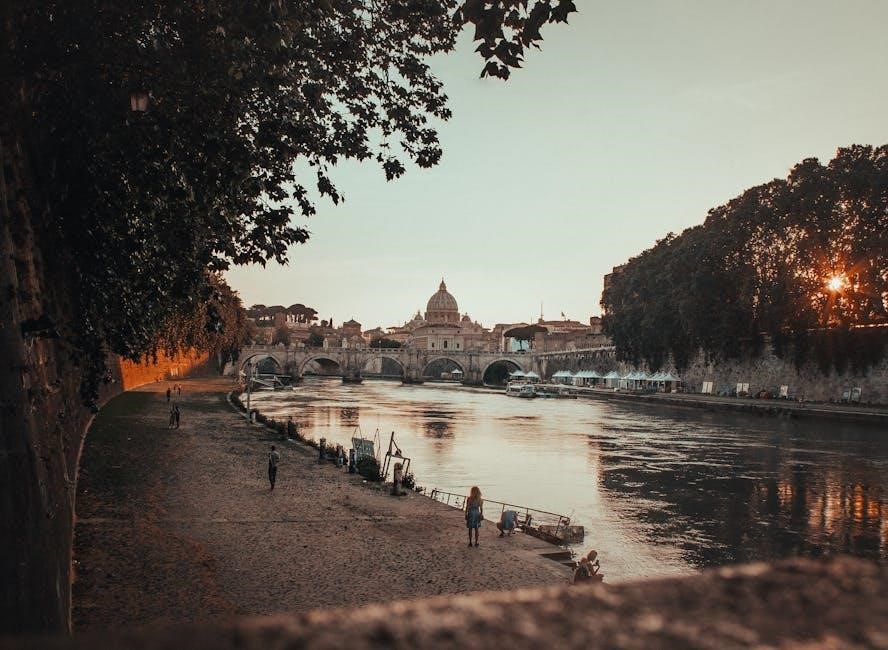
Religious Mysteries and Controversies
The Vatican’s archives reportedly contain communications between Emperor Nero and Saint Paul, fueling debates about Jesus Christ’s existence․ Some also speculate about extraterrestrial life and the Chronovisor, a device allegedly allowing glimpses into the past and future, hidden within the archives․

The Practice of Exorcism in the Vatican
The Vatican has a long history of exorcism, a ritual believed to expel evil spirits from individuals․ Father Gabriele Amorth, the Vatican’s chief exorcist for over 60 years, claimed to have performed approximately 160,000 exorcisms․ The practice, though often associated with medieval times, remains active in the Catholic Church․ In 2018, the Vatican hosted a workshop for 250 priests from around the world, highlighting the enduring relevance of exorcism․ The rite is carefully regulated, with priests requiring special permission to perform it․ While some view exorcism as a spiritual necessity, others criticize it as unscientific․ The Vatican emphasizes that exorcism should not replace medical or psychological treatment, though its continued practice reflects the Church’s belief in spiritual warfare․ This ritual remains a contentious yet fascinating aspect of Vatican traditions․
The Cadaver Synod: A Dark Historical Event
The Cadaver Synod, one of the Vatican’s most macabre episodes, occurred in 897 AD․ Pope Stephen VI, succeeding Pope Formosus, exhumed and tried the deceased pope’s corpse․ Formosus was posthumously accused of usurping the papacy․ The body, dressed in papal attire, was subjected to a mock trial, with a deacon speaking in its defense․ Found guilty, Formosus’s papal decrees were annulled, his body stripped, and three fingers severed; His remains were thrown into the Tiber River․ This event symbolized the intense political and religious turmoil of the period, marking a dark chapter in Vatican history․ The Cadaver Synod remains a shocking example of the extreme measures taken during papal power struggles, highlighting the Vatican’s complex and often controversial past․
The Third Secret of Fatima
In 1917, three Portuguese children reported receiving prophecies from the Virgin Mary at Fátima․ The Third Secret, initially hidden, sparked intense speculation․ Released in 2000, it described a vision of a bishop in white being killed, interpreted by some as predicting Pope John Paul II’s 1981 assassination attempt․ Despite its release, theories persist that the Vatican withheld parts of the secret, fueling conspiracy theories about its contents․ The mystery surrounding the Third Secret continues to captivate believers and skeptics alike, underscoring the Vatican’s role in guarding sacred and controversial information․ This enigmatic event remains a cornerstone of Vatican intrigue, blending faith and mystery in a narrative that endures to this day․
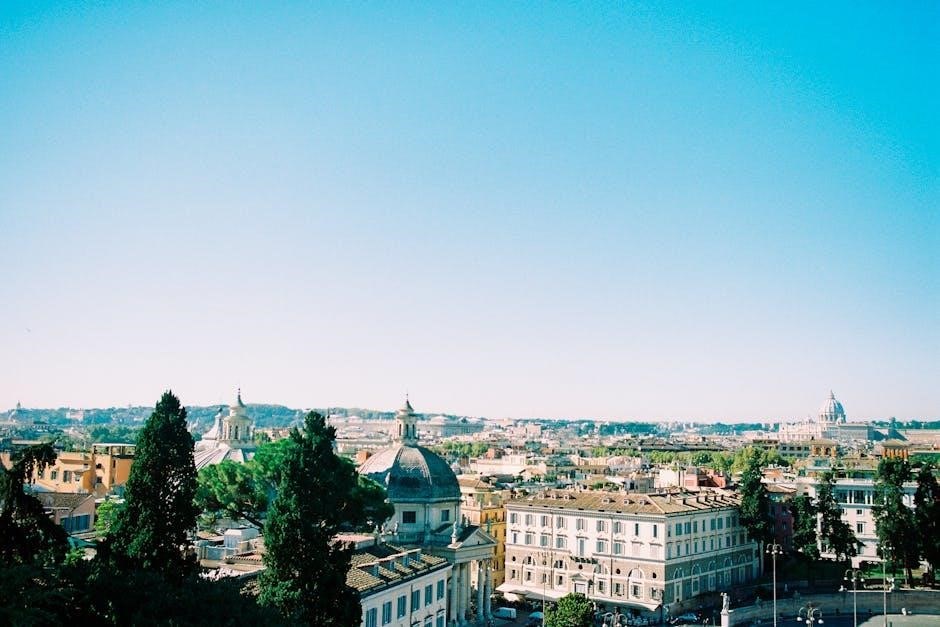
Political and Social Intrigue
The Vatican’s unique diplomatic status and internal power struggles have fueled intrigue, with scandals involving officials and the Vatican Bank’s financial dealings revealing a complex web of influence and secrecy․
Vatican City’s Unique Diplomatic Status
Vatican City, the world’s smallest nation, holds a unique diplomatic status, recognized by nearly every country․ Its independence is safeguarded by the Lateran Treaty, granting it sovereignty and diplomatic immunity․ The Vatican maintains neutrality in global conflicts, yet wields significant influence through its diplomatic corps and the Pope’s moral authority․ As the spiritual center of the Catholic Church, it engages in international affairs, advocating for peace and human rights․ The Holy See’s unique position allows it to participate in treaties and international organizations, even without being a United Nations member․ This singular status underscores the Vatican’s dual role as both a religious and political entity, navigating the complexities of global diplomacy while preserving its independence and influence․
The Vatican’s Internal Power Struggles
The Vatican has long been a stage for internal power struggles, often shrouded in secrecy․ Leaked documents and scandals, such as the Vatileaks affair, have exposed rivalries among high-ranking officials․ The Apostolic Penitentiary, a secretive tribunal, has been central to some conflicts, handling grave sins and internal disciplinary matters․ The resignation of Pope Benedict XVI in 2013 was partly attributed to internal pressures and blackmail scandals involving gay clergy․ These struggles highlight the complex web of alliances and rivalries within the Vatican, impacting its governance and public image․ Despite efforts to maintain unity, such conflicts reveal the human side of an institution often seen as divine, challenging its moral authority and operational integrity․
Scandals Involving Vatican Officials
The Vatican has faced numerous scandals involving high-ranking officials, often tied to financial misconduct or moral failings․ One prominent case is the Vatican Bank’s alleged involvement in money laundering and shady dealings, as documented in The Secrets of the Vatican PDF․ Historically, figures like Bernardino Nogara, a financial advisor, were implicated in schemes to profit from Nazi-looted assets․ More recently, the Vatileaks scandal exposed internal corruption, revealing letters from Archbishop Carlo Maria Viganò accusing officials of covering up sexual abuse․ These scandals, along with the leaked documents from Pope Benedict XVI’s butler, have eroded public trust․ Such controversies highlight the vulnerabilities within the Vatican’s hierarchical structure and the challenges of maintaining moral authority amid human frailty and institutional secrecy․
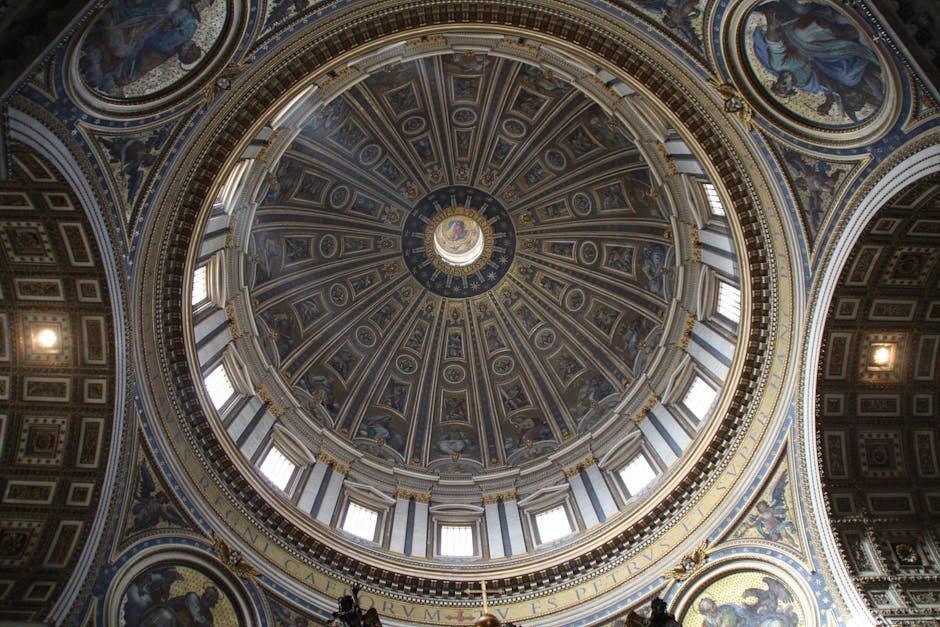
Cultural and Artistic Treasures
The Vatican’s cultural treasures include iconic art, stunning architecture, and hidden relics, revealed in the Secrets of the Vatican PDF, showcasing its rich artistic legacy․
The Vatican’s Architectural Marvels
The Vatican is home to some of the world’s most breathtaking architectural wonders, as revealed in the Secrets of the Vatican PDF․ St․ Peter’s Basilica, designed by Donato Bramante, Michelangelo, and Carlo Maderno, stands as a masterpiece of Renaissance architecture, while the Sistine Chapel, famous for Michelangelo’s ceiling, showcases unparalleled artistic and structural brilliance․ The Vatican’s buildings blend seamlessly, reflecting a harmonious mix of Renaissance and Baroque styles․ The intricate details, from the grand domes to the ornate facades, highlight the Vatican’s role as a hub of cultural and religious significance․ These architectural marvels not only inspire awe but also serve as a testament to the Vatican’s enduring legacy as a center of artistic and spiritual expression․
The Vatican Museums and Their Collections
The Vatican Museums house one of the world’s most extensive and diverse art collections, as detailed in the Secrets of the Vatican PDF․ With over 140 galleries, the museums showcase masterpieces spanning centuries, including works by Michelangelo, Raphael, and Caravaggio․ The Sistine Chapel, with its iconic ceiling, is a crown jewel of the collection․ The museums also feature ancient Roman and Egyptian artifacts, as well as Etruscan treasures, highlighting the Vatican’s role as a cultural and historical repository․ The Pinacoteca Vaticana displays a vast array of religious art, while the Modern Religious Art section includes works by contemporary artists․ These collections not only reflect the Vatican’s artistic wealth but also its enduring influence as a center of cultural and spiritual heritage․
Hidden Art and Relics
Beyond the public displays, the Vatican harbors hidden art and relics, as revealed in the Secrets of the Vatican PDF․ Many of these treasures remain inaccessible to the general public, preserved in secret vaults and archives․ Some speculate that the Vatican conceals controversial artworks or relics that could challenge historical narratives․ Theories suggest the presence of hidden masterpieces by renowned artists, as well as ancient artifacts with profound religious significance․ These concealed treasures add to the enigma surrounding the Vatican, fueling intrigue and speculation about what lies beyond the reach of public eyes․ The secrecy shrouding these items underscores the Vatican’s complex role as both a cultural guardian and a keeper of mysteries․
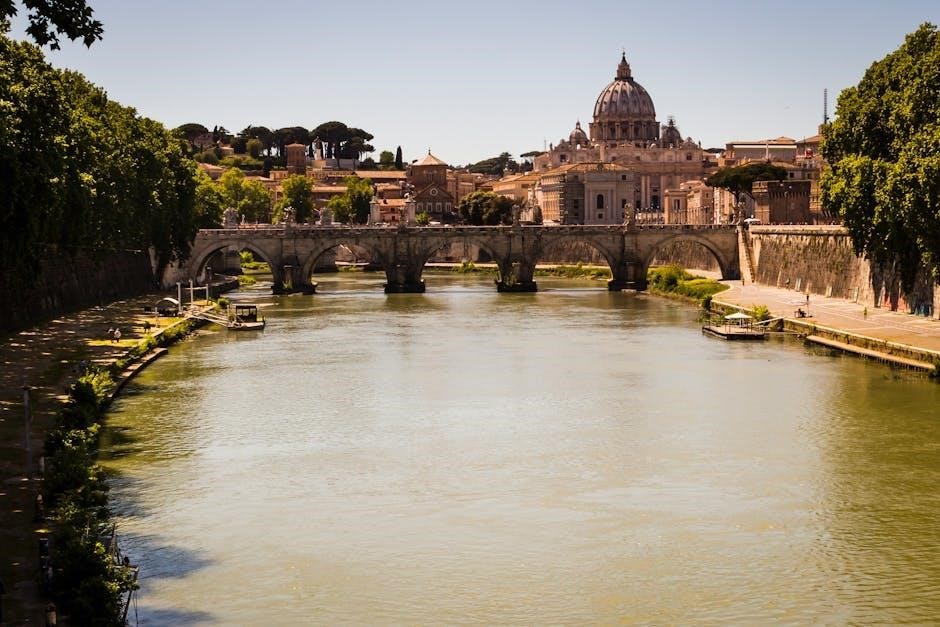
Modern Revelations and Controversies
The Vatican faces ongoing scrutiny due to leaked documents, internal power struggles, and financial scandals․ Recent reforms aim to address these issues, yet controversies persist, challenging its modern image․
Leaked Documents and Internal Conflicts
The Vatican has faced significant challenges due to leaked documents, exposing internal power struggles and scandals․ In 2012, the book His Holiness revealed secret papers leaked by Pope Benedict XVI’s butler, detailing corruption and blackmail within the Church․ These documents uncovered allegations of gay bishops being blackmailed for breaking celibacy vows, leading to a major internal investigation․ Such leaks have highlighted deep-seated conflicts within the Vatican’s hierarchy, undermining its moral authority․ Additionally, the Vatican Bank’s involvement in shady financial dealings has further eroded public trust․ These controversies underscore the ongoing struggles of the Vatican to maintain transparency and integrity in its governance and operations, amidst growing scrutiny from the global community․
Contemporary Scandals and Reforms
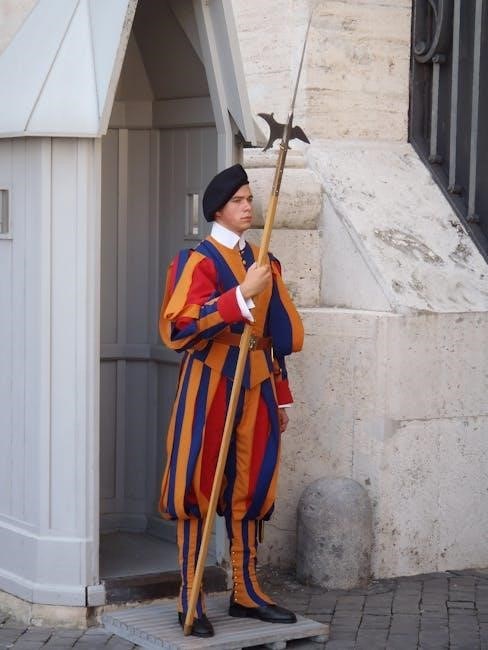
The Vatican has faced numerous contemporary scandals, including financial mismanagement and allegations of corruption within the Vatican Bank․ Leaked documents revealed questionable investments and ties to offshore accounts, prompting calls for greater transparency․ In response, Pope Francis introduced reforms, such as the creation of the Financial Information Authority (AIF), to oversee financial activities and combat money laundering․ Additionally, the Vatican has addressed scandals involving the misuse of charitable funds and controversial property deals, such as the London real estate venture․ These reforms aim to restore credibility and promote ethical governance, though challenges persist․ The Vatican continues to navigate these issues while maintaining its role as a moral authority in the global community․
The Vatican’s Response to Modern Criticisms
The Vatican has responded to modern criticisms by implementing various measures to address concerns over transparency and accountability․ Pope Francis has been a driving force behind these efforts, emphasizing the need for reform within the Catholic Church․ The Vatican has opened certain archives to scholars, providing access to historical documents that shed light on controversial periods, such as the role of Pope Pius XII during World War II․ Additionally, the Vatican has taken steps to address financial scandals, including the establishment of the Financial Information Authority to oversee the Vatican Bank․ These actions reflect a commitment to modernizing the institution and engaging with contemporary issues, though critics argue that more needs to be done to fully address past wrongs and ensure accountability․
The Vatican’s enduring mysteries and historical significance ensure its continued fascination․ Despite revelations, many secrets remain, fueling intrigue and speculation․
The Enduring Fascination with the Vatican
The Vatican’s allure stems from its unique blend of religious, historical, and political significance․ Its secretive archives, controversial past, and architectural marvels captivate global curiosity․ The Secrets of the Vatican PDF reveals hidden stories, from ancient mysteries to modern scandals, fueling endless speculation․ The Vatican’s role in shaping history, combined with its enigmatic nature, ensures its fascination endures across generations․ Whether through conspiracy theories or historical revelations, the Vatican remains a subject of intrigue, inviting exploration into its untold depths and unresolved mysteries․
Unanswered Questions and Ongoing Mysteries
The Vatican’s secretive archives and unaddressed historical events continue to spark curiosity and debate․ Questions linger about hidden documents, such as those tied to Jesus’s existence or extraterrestrial life․ Theories persist about suppressed artifacts, like the Chronovisor, a device rumored to reveal the past and future․ The unresolved Third Secret of Fatima and the role of secret tribunals like the Apostolic Penitentiary further fuel speculation․ These mysteries, often shrouded in silence, leave the public wondering about the truths hidden within the Vatican’s walls․ The enduring enigma surrounding these topics ensures the Vatican remains a focal point of intrigue and unanswered questions․